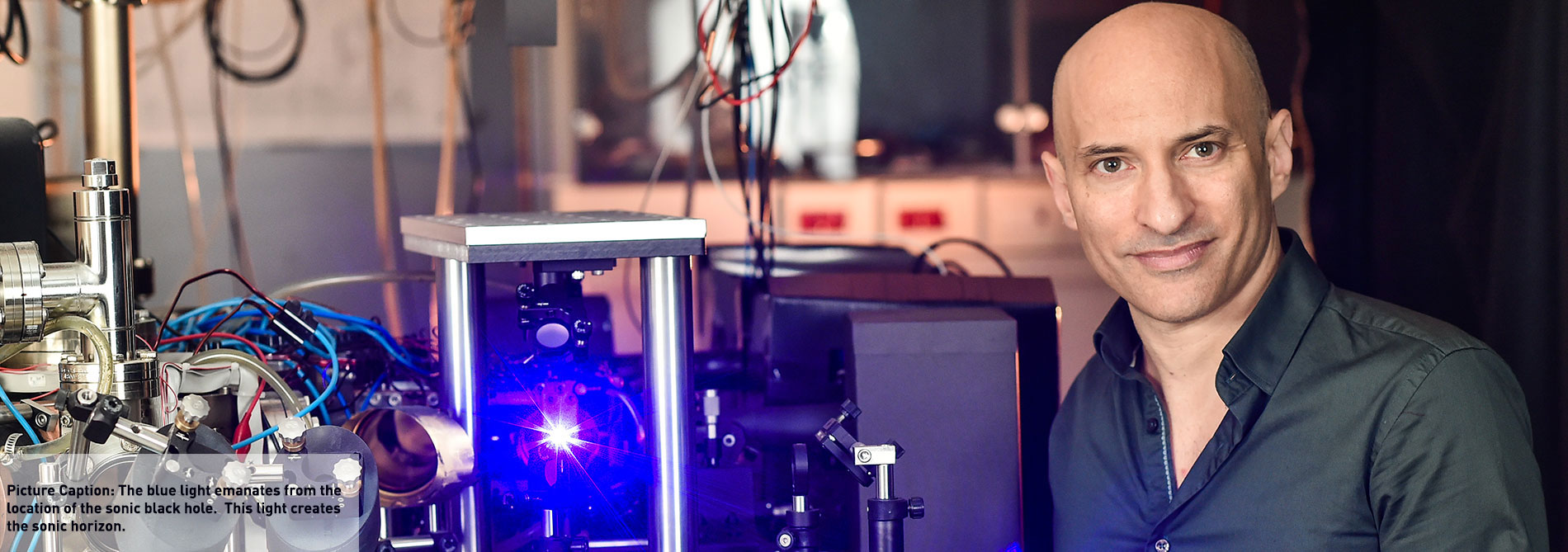There are many types of mysteries including ghosts, supranational things and many more...
 |
| Dark Matter |
China’s dark matter particle explorer satellite has detected unexpected and mysterious signals in its measurement of high-energy cosmic rays raising questions whether they are dark matter for which scientists have spent decades searching
 |
| Odd Radio Signals Detecter |
.The satellite which is also called Wukong, or Monkey King, has measured more than 3.5 billion cosmic ray particles with the highest energy up to 100 tera-electron-volts (TeV), including 20 million electrons and positrons, with high energy resolution .Here we are presenting journey of satellite.
This might bring scientists a step closer to the most awaited invisible dark matter...
More than 100 Chinese scientists and engineers, together with those from Switzerland and Italy, took part in the development of Dark Matter Particle Explorer (DAMPE) and the analysis of its data.
“The DAMPE has opened a new window for observing the high-energy universe, unveiling new physical phenomena beyond our current understanding,” Chang Jin, chief scientist of DAMPE and vice director of the Purple Mountain Observatory of the Chinese Academy of Sciences (CAS) said.
The initial study resulted to the precise measurement of the electron and positron spectrum in an energy range between 25 giga-electron-volts (GeV) and 4.6 TeV that was published in the latest issue of the academic journal, Nature.
 |
| Electron And Positron Spectrum |
“This is the first time a space experiment has reported the detailed and precise electron and positron spectrum up to about 5 TeV. In this energy range, we found some unexpected and interesting features. We have detected a spectral break at 0.9 TeV and a possible spike at 1.4 TeV,” Chang said.
Dark matter, which have never been seen is like a puzzle that needs to be solved .....The ghost-like material is one of the great mysteries of science.
Scientists have calculated that normal matter, such as galaxies, stars, trees, rocks and atoms, accounts only al 5 percent of the whole universe whereas about 26.8 percent of the universe is dark matter and 68.3 percent dark energy.
Exploration of dark matter will be a big step in the field of physics and space science.
Any discovery in this area could be as important and interesting as heliocentric theory, the law of gravity, the theory of relativity and quantum mechanics.
China’s DAMPE was sent into an orbit of about 500 kms above the earth on December 17, 2015.
 |
| Chang Jin, Chief Scientist Of DAMPE |
Based on DAMPE’s data, scientists drew the cosmic ray electron and positron spectrum, from which they try to solve the hidden secrets of the universe.
 |
| Exploration the hidden secrets of the universe |
On the spectrum, scientists found a break at around 0.9 TeV and a strange spike at around 1.4 TeV. “We never expected such signals,” Chang said.
DAMPE’s design life is three years, but as it is performing so well, it is expected to work much longer. “DAMPE will continue to collect data to help us better understand the anomaly, and might bring dark matter out of the shadows,” Chang said.
Source:- Wikipedia,Book,Internet.
Image and Video Editor:- Mr. Aman Kashyap
Text Editor:- Sara Singh
Special Thanks To:- Mr. Bhharat Kumar ,DAMPE Members ,Chief Scientist Chang Jin.



































